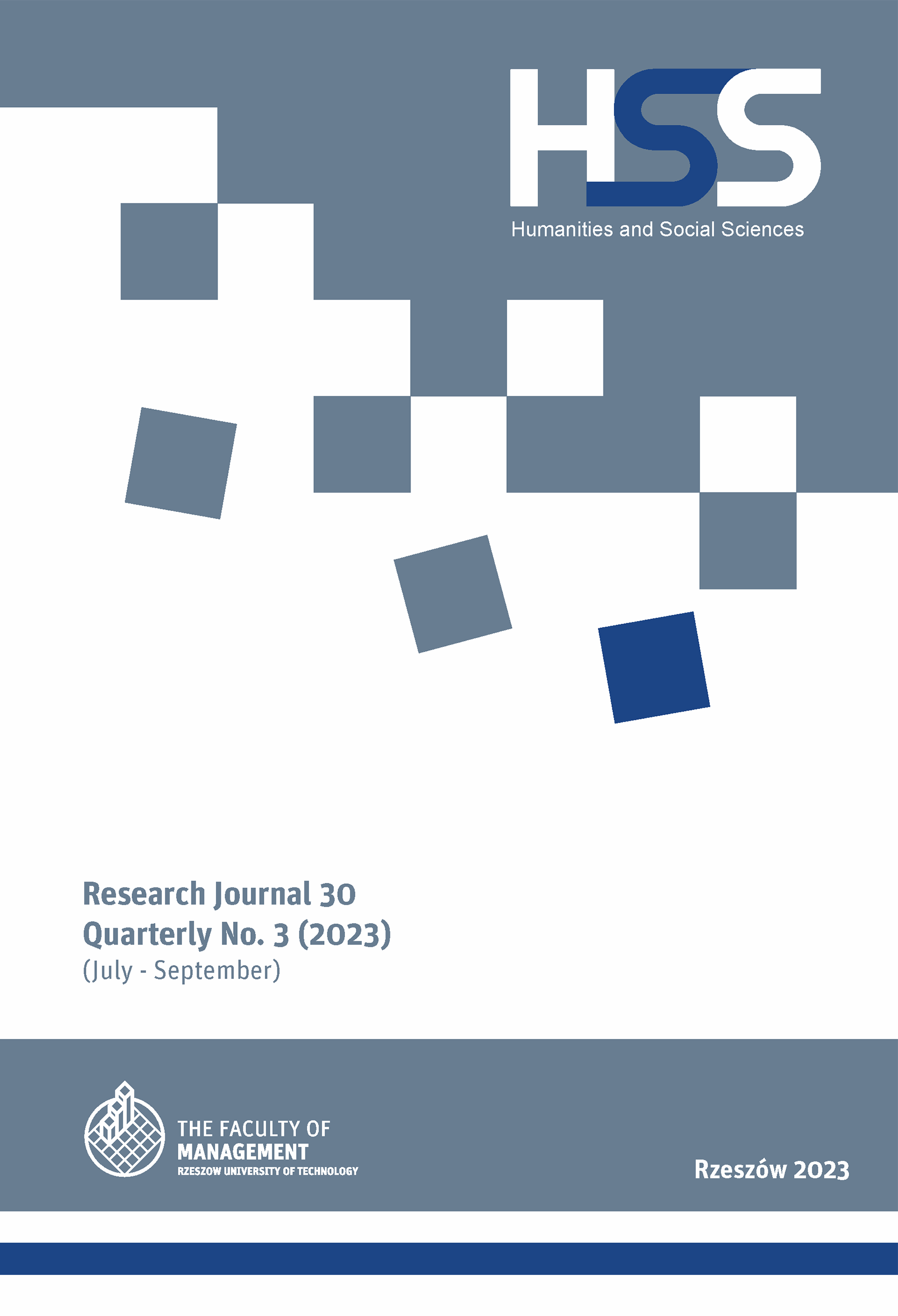Abstract
Logistics service is a key process performed by CEP enterprises. Measuring quality of service in companies from this branch of industry is a current priority that has to be achieved in order to adjust their offers to the current market requirements. This paper will indicate the possibilities of using the SERVQUAL method to measure the expected and perceived quality of logistics services offered to individual customers of shipping and forwarding companies, and also to identify areas for improvement. The study used the example of InPost LLC. The purpose of the study determined the research procedure, which included indirect research focused on the analysis of literature sources, and direct research conducted among individual customers who used the services of the research object. The SERVQUAL method enabled the formulation of a general rating of service quality, based on the discrepancies between quality as perceived and expected by survey participants, considering the significance of five dimensions.
References
About InPost [Access: 14.04.2022]. Access on the internet: https://inpost.pl/o-inpost.
Bujak, A., Szot, W. (2009). Logistyczna obsługa klienta we współczesnej gospodarce. „Prace Naukowe Wyższej Szkoły Bankowej w Gdańsku”, Vol. 2.
Długosz, J., 2010. Strategic nature of the logistics customer service in the supply chain. “LogForum”, Vol. 6, Iss. 1, No. 2.
Frąś, J. (2014). Wybrane instrumenty pomiaru jakości usług logistycznych. „Zeszyty Naukowe Uniwersytetu Szczecińskiego”, No. 803.
Harrison, A., Van Hoek, R. (2008). Logistics Management and Strategy: Competing Through the Supply Chain. Harlow: FT Prentice Hall.
ISO 9000:2015 – Quality management systems – Fundamentals and vocabulary. International Organization for Standardization.
Janczewska, D., Janczewski, J. (2020). Ocena jakości logistycznej obsługi klienta na przykładzie branży KEP. „Zarządzanie innowacyjne w gospodarce i biznesie”, No. 2(31).
Kramarz, M. (2016). Doskonalenie logistycznej obsługi klienta z perspektywy przedsiębiorstwa flagowego sieci dystrybucji wyrobów hutniczych. „Zeszyty Politechniki Częstochowskiej. Zarządzanie”, Vol. 24, Iss. 2.
Krzywda, D. (2019). Logistics customer service in the packaging industry. “Polish Journal of Management Studies”, Vol. 20, No. 2.
La Londe, B.J., Zinszer, P.H. (1976). Customer Service: Meaning and Measurement. Chicago: National Council of Physical Distribution Management.
Matuszczak, A., Chrąchol-Barczyk, U. (2016). Logistics customer service on the example of courier companies. “Marketing i Zarządzanie”, No. 5(46).
Meidutė-Kavaliauskienė, I., Aranskis, A., Litvinenko, M. (2014). Consumer satisfaction with the quality of logistics services. “Procedia – Social and Behavioral Sciences”, Vol. 110.
Ratajczak, J., Lorenc, A. (2015). Ocena efektywności logistycznej obsługi klienta w branży KEP. „Logistyka”, No. 6.
Sandberg, E., Abrahamsson, M. (2011). Logistics capabilities for sustainable competitive advantage. “International Journal of Logistics”, Vol. 14, Iss. 1.
Sarder, M.D. (2021). Logistics Transportation Systems. Amsterdam-Oxford-Cambridge: Elsevier.
Szydełko, M. (2012). Logistyczna obsługa klienta jako element kształtowania przewagi konkurencyjnej przedsiębiorstwa. „Logistyka”, No. 5.
Woźniak, J. (2017). Ocena przydatności metod SERVQUAL i CSI w kontekście badania logistycznej obsługi klienta. „Przedsiębiorstwo we współczesnej gospodarce – teoria i praktyka”, No. 2(21).
Zeithaml, V.A., Parasuraman, A., Berry, L.L. (1990). Delivering quality service. Balancing customer perceptions and expectations. New York: The Free Press.
Zwolińska, D. (2022). Logistic customer service process in the face of the COVID-19 pandemic. “Scientific Papers of Silesian University of Technology. Organization and Management Series”, No. 155.


